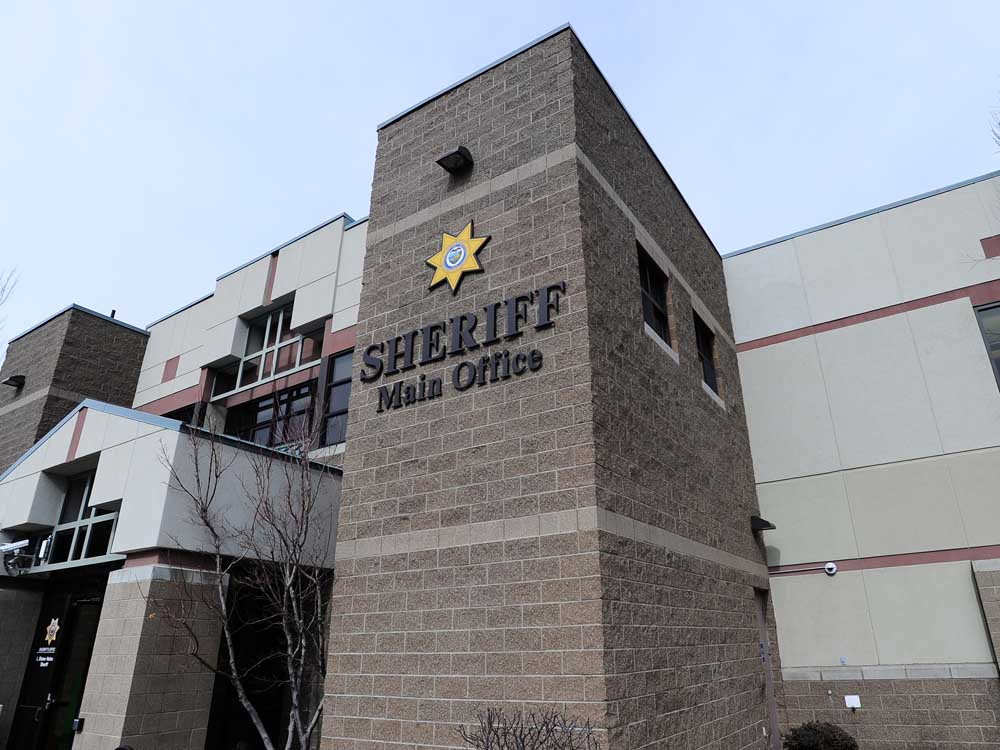Farman discovered hole in ozone layer
Published 5:00 am Sunday, May 19, 2013
Joseph Farman, a British researcher whose single-minded and at times officially derided study of atmospheric changes in the Antarctic established the existence of a hole in the ozone layer over the South Pole approximately the size of the United States — one of the most important environmental discoveries of the 20th century — died May 11 in Cambridge, England. He was 82.
His death was announced by the British Antarctic Survey, the governmental agency for which he worked from 1956 until his retirement in 1990.
Trending
Farman studied the Antarctic atmosphere for 25 years, never expecting momentous findings to emerge from his data, colleagues said. But his commitment to the prosaic first principles of data collection, they said, in the remotest outpost of the scientific world, produced discoveries unimagined by other scientists and overlooked by orbiting satellites.
When he began collecting ozone readings in 1957 as a young geophysicist at the Halley Bay research base in Antarctica, scientists had already come to understand the basic Jekyll-and-Hyde facts of ozone: that it was a pollutant when clumped in high concentrations near the ground and a vital shield when concentrated in the upper atmosphere, absorbing the sun’s most perilous ultraviolet rays.
After 1974, when two American scientists, Mario Molina and Sherwood Rowland, proved that chlorofluorocarbons, commonly used in aerosol spray cans and refrigeration, could destroy ozone in the upper atmosphere, the United States and a few other countries began regulating their use and scrutinizing the ozone readings already being collected by NASA satellites.
But Farman refused to stop making ground-level readings, despite his superiors’ questions about their usefulness, and despite his lack of standing in the field of ozone research. He did not have a Ph.D., and his primary work was in meteorological science. His dedication, as much to the principle of scientific record-keeping as to ozone study, would make him something of a working-class hero among scientists.
“His willingness to do research he thought was important, even when others did not, made him a model scientist,” said Sharon Roan, author of the 1989 book “Ozone Crises: The 15-Year Evolution of a Sudden Global Emergency.” “He wasn’t looking for anything astonishing — just doing a little job, and persevering at it. And he came up with the most astonishing discovery.”
Farman left the Antarctic station in 1959 to assume management duties for the survey in Britain, but he delegated scientists there to continue his work through the 1960s and ’70s. His insistence was met with forbearance by his superiors until Margaret Thatcher became prime minister in 1980, demanding spending cuts from every government agency.
Trending
About a year later, in October 1982, Farman collected Antarctic ozone readings so radically different from anything seen before that he assumed that his 25-year-old Dobson meters had given out. He ordered new ones. (The devices calculate ozone thickness by measuring the amount of ultraviolet radiation penetrating the atmosphere.)
The new machines produced results even more startling. “It just went haywire,” Farman said.
After a series of double- and triple-check tests, Farman and his colleagues Jonathan Shanklin and Brian Gardiner published a paper in the journal Nature in May 1985 showing that ozone levels over Antarctica had fallen by about 40 percent from 1975 to 1984. The ozone hole was no longer a theoretical possibility, as Molina and Rowland had postulated, it was a real and present danger to life on Earth.
Based on the Britons’ findings, and later readings taken by American high-altitude aircraft, the Environmental Protection Agency concluded in 1986 that the increased exposure to ultraviolet radiation caused by the ozone hole could be responsible for 40 million cases of skin cancer and 800,000 cancer deaths in the United States over the next 88 years.
How NASA’s satellites missed it has been answered in various ways. In one version, the ozone hole was detected by NASA’s monitors but discarded by data-analysis computer software intended to dismiss wild anomalies. In another, NASA scientists said that the computer program only delayed their discovery of the ozone hole, and that a paper they had prepared on the phenomenon was about to be published when Nature published the British researchers’ work.
The paper by Farman and his colleagues, coupled with the research of Molina and Rowland — who with a Dutch scientist, Paul Crutzen, shared the 1995 Nobel Prize for chemistry for their ozone research — changed the international politics of environmental regulation. A treaty, the Montreal Protocol, intended to phase out the production of ozone-depleting compounds, was signed by 24 countries in 1987 and has since been ratified by almost 200.
Kofi Annan, the former secretary-general of the United Nations, called it “perhaps the single most successful international agreement to date.”
Though ozone depletion is said to have leveled off in the early 2000s, the effects of long-living, ozone-depleting chemicals already in the atmosphere will continue for an additional 80 to 100 years, by most accounts.








